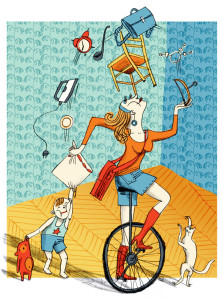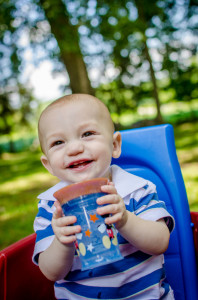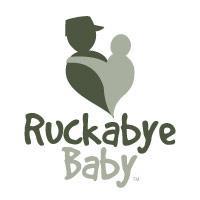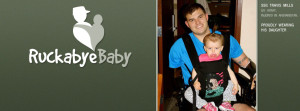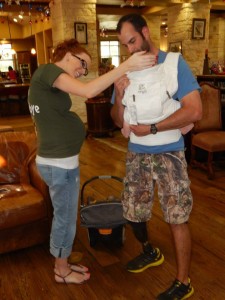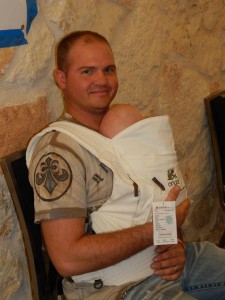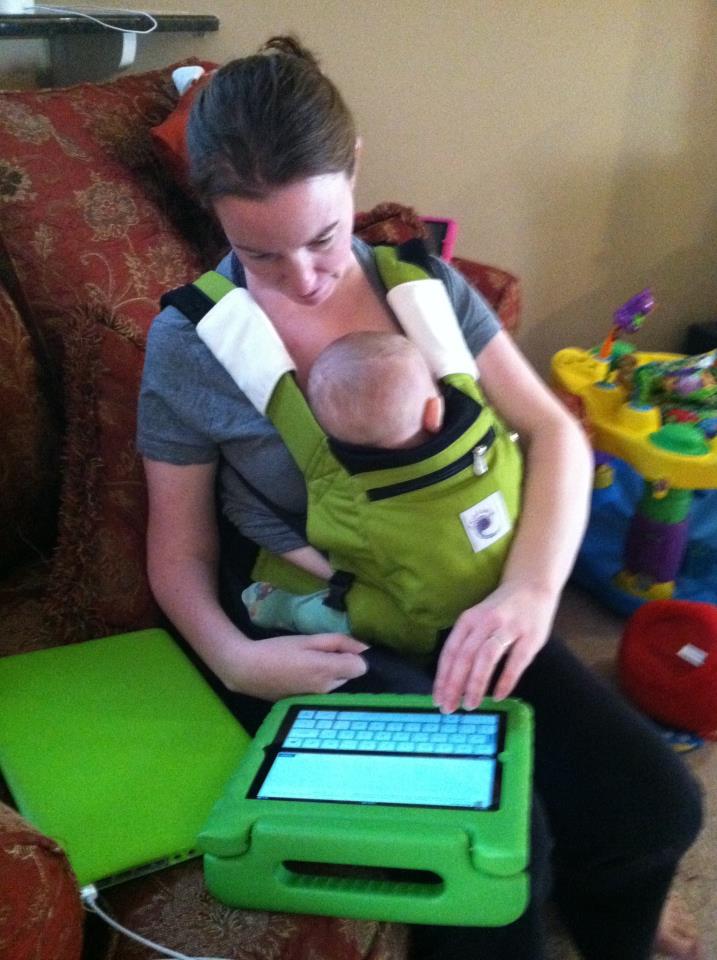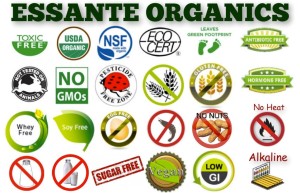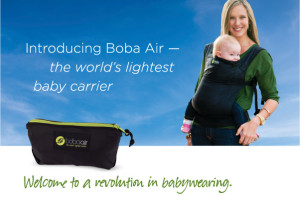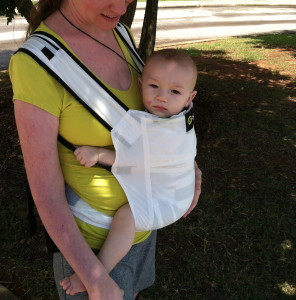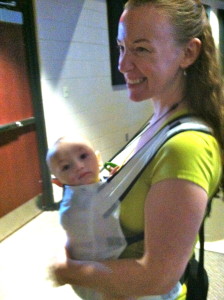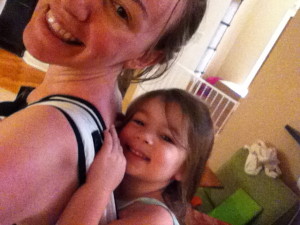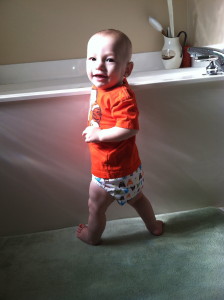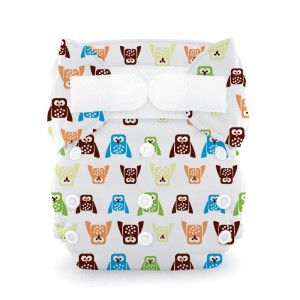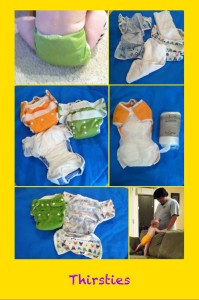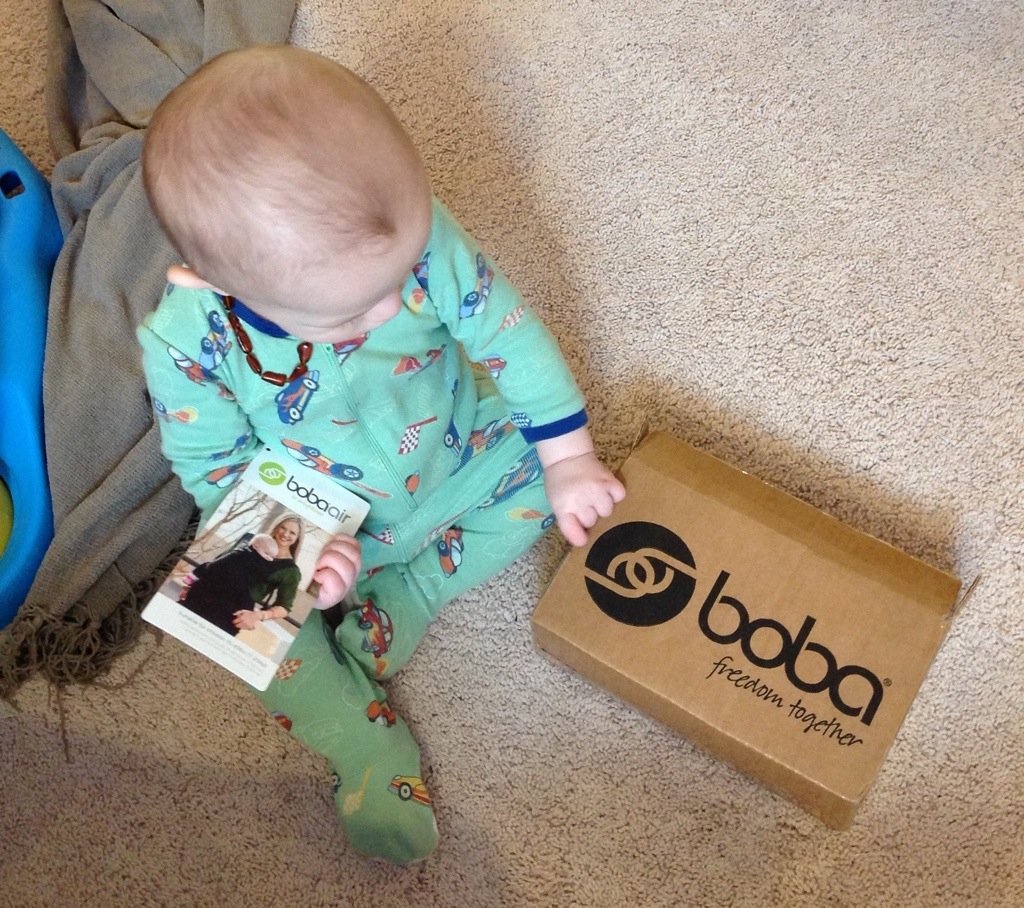[follow_me]
Every mom has a superpower.
You know that mom, the one that you are always in awe of? I bet you could name 3 or 4 of her superpowers, right? But, can you list your own?
The other day, I was talking with a “twingle” mom (a set of twins followed by a single…who knew?) and I was in awe of how she juggled it all. Conversely, she could not comprehend how I, as a differently-abled mom, kept up with 2 very able bodied kids. As we chatted, we realized that neither of us could imagine parenting in the other mama’s shoes.
The more I thought about our conversation, the more I realized, that we ALL possess unique mama superpowers.
My superpower is an accumulation of my experiences as a parent. My character, my family, and my kids shape my superpowers each and every day. No two mamas will ever have the same exact set of strengths. When I compare myself to the super organized mom of 4 who works full-time, cooks a three-course meal every night, and still finds time to scrapbook, I might as well be comparing apples to coconuts. They are each delicious in their own right, but it would be difficult for one to grow and thrive in the other’s environment.
So lets start with a list of some mama superpowers. Shall we?…
- Some moms possess superhuman strength to champion through amazing birth stories that would make a grown man weep.
- Other moms endure having their bodies cut open, turned inside out, removed, juggled around, squished back in, sewn back up just to safely welcome their precious baby into the world.
- A few super mamas possess the power of repetition without insanity. Remember the saying, “The definition of insanity is repeating the same task over and over expecting a different result”? These moms possess the power to bathe, dress, feed, and teach child after child knowing they will be required to do the same thing day after day after day and (almost) never lose their minds.
- Some mamas possess the amazing superpower to foresee a brighter future for their child with another family.
- Other moms suffer loss, disappointment, heartache yet persevere with superhuman patience and resilience to someday somehow have a child of their own.
- Another mom may never have children to call her own, but she may add extra love and/or fill holes in families that need her. With superhuman support, understanding, and willingness to be whatever a child needs, this mom can fill in the gaps.
- Some moms possess the power to love from a distance. They may not get to hold or even touch their child for days or even weeks, yet their superhuman heart stretches to encompass their child no matter the distance.
- Other moms possess the superpower to understand and sympathize with their child’s needs even though it’s a hardship they themselves have not experienced. They feel every pain, every fear, and every success alongside their child.
- Some moms endure the loss of a child and survive to talk about it. I believe these moms are the most powerful of all. These supermoms not only face their greatest fear head on, but also find the power to continue living and often find the strength to fight so that other moms might not feel the same loss.
- Then there are those moms with the superpower to fill multiple roles simultaneously. They are a mom. They are a dad. They are a best friend. They are awesome!
- Other moms possess the power to juggle a career, a home, and their sanity all while maintaining supermom status. They sometimes sacrifice sleep for snuggles, but always (ok, usually) manage to find their focus the next day.
- Some moms live in chaos while simultaneously wiping noses, playing monsters, and cooking dinner. These moms possess the power to create order from chaos…and moreover, the power to be ok with it when they don’t.
- Another mom may have the superpower to keep up with endless cloth diaper laundry and name 50 different uses for vinegar just off the top of her head. These mamas often also possess the power to induce change.
- Some moms possess a superhuman ability to maintain a tidy home, stay in shape, and keep her family happy and healthy. Often, these moms can also chase a toddler while wearing 6-inch heels.
- Other moms possess the power to adapt to parenting through whatever circumstances life throws at them. These moms roll with the punches and often fight the world’s perceptions of them with superhuman strength and resolve.
It would be impossible for me to list all the incredible and unique superpowers each mama possesses, but my hope is that this list has helped you identify at least one of your own strengths. And perhaps, you will encourage other mamas to seek their own unique superpowers too.
Remember, you may see another mama’s strengths and be in awe, but don’t forget that she is also watching you speechless over your exceptional mama powers. Stop comparing apples to coconuts!
What is YOUR mama superpower?

